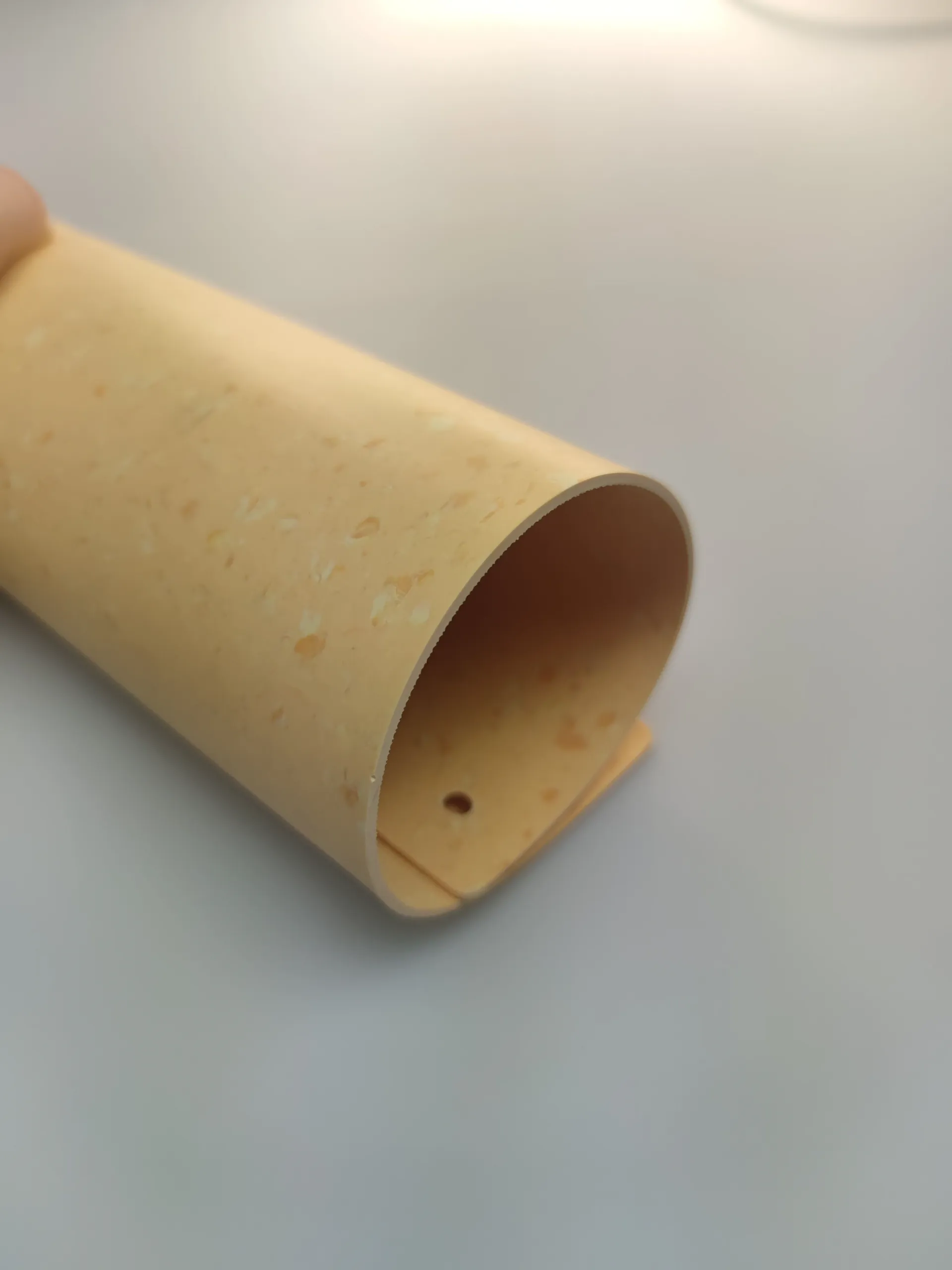bathroom skirting
The Importance of Bathroom Skirting A Practical Guide
When it comes to home improvement, many homeowners may overlook the importance of skirting boards, especially in a space as vital as the bathroom. Often dismissed as merely decorative, bathroom skirting plays a crucial role in both aesthetics and functionality. This article will explore why bathroom skirting is essential, the types available, and how it can elevate your space.
Functionality and Protection
One of the primary functions of bathroom skirting is to provide protection to the walls. Bathrooms are high-moisture areas, and the constant exposure to water can lead to mold and mildew if walls are left unprotected. Skirting boards act as a barrier, protecting walls from splashes, spills, and humidity that can compromise the integrity of wall materials.
In addition to moisture protection, skirting helps prevent damage from furniture and other objects that may accidentally bump against the walls. This is particularly important in smaller bathrooms where space is limited, and furniture may be positioned close to walls. A sturdy skirting board can help absorb impact and prevent unsightly scuff marks or damage.
Aesthetic Appeal
Beyond functionality, bathroom skirting can be a beautiful addition to your decor. Available in various materials, styles, and colors, skirting boards can blend seamlessly with your bathroom's theme, whether it's modern, traditional, or minimalist. For instance, a sleek, high-gloss skirting can complement a contemporary bathroom, while a wooden skirting in a classic finish can enhance a vintage aesthetic.
bathroom skirting

Choosing the right skirting can also help define the space visually. For instance, a contrasting color can create a striking effect and draw attention to the design of your bathroom. Moreover, skirting with intricate designs or patterns can serve as stylish accents that elevate the overall look of the room.
Types of Bathroom Skirting
There are several types of skirting boards available on the market. The most common materials include wood, MDF (Medium Density Fiberboard), PVC, and laminate. Each material has its advantages
1. Wood Offers a warm and natural look. However, it requires proper treatment to withstand moisture. 2. MDF A cost-effective option that can mimic the look of wood. It is not water-resistant, so it should be sealed. 3. PVC Highly durable and completely moisture-resistant, making it an excellent choice for bathrooms. 4. Laminate Offers a wide range of styles and is resistant to moisture, making it another viable option.
Installation and Maintenance
Installing bathroom skirting is a straightforward process that can often be completed by homeowners with basic DIY skills. It involves measuring the walls, cutting the skirting to size, and using adhesive or nails to secure it in place. Regular maintenance is minimal; simply wipe it down with a damp cloth to keep it looking fresh and new.
In conclusion, bathroom skirting is more than just a decorative element; it serves essential functions that protect your walls and enhance your bathroom's aesthetic appeal. By choosing the right material and style, you can create a beautiful, functional space that stands the test of time. Whether you're renovating or building a new bathroom, don't underestimate the impact that skirting can have on your home's interior design.
-
Waterproof Advantages of SPC Flooring Vinyl in KitchensAug.06,2025
-
SPC Hybrid Waterproof Flooring Thickness GuideAug.06,2025
-
Leveling Subfloor Before My Floor SPC InstallAug.06,2025
-
How Mesh Deck Skirting Improves Outdoor Pest ControlAug.06,2025
-
Choosing the Right Commercial Flooring for Your Business NeedsAug.06,2025
-
Choosing the Best Residential Flooring: A Comprehensive Guide to Style, Durability, and ComfortAug.06,2025




